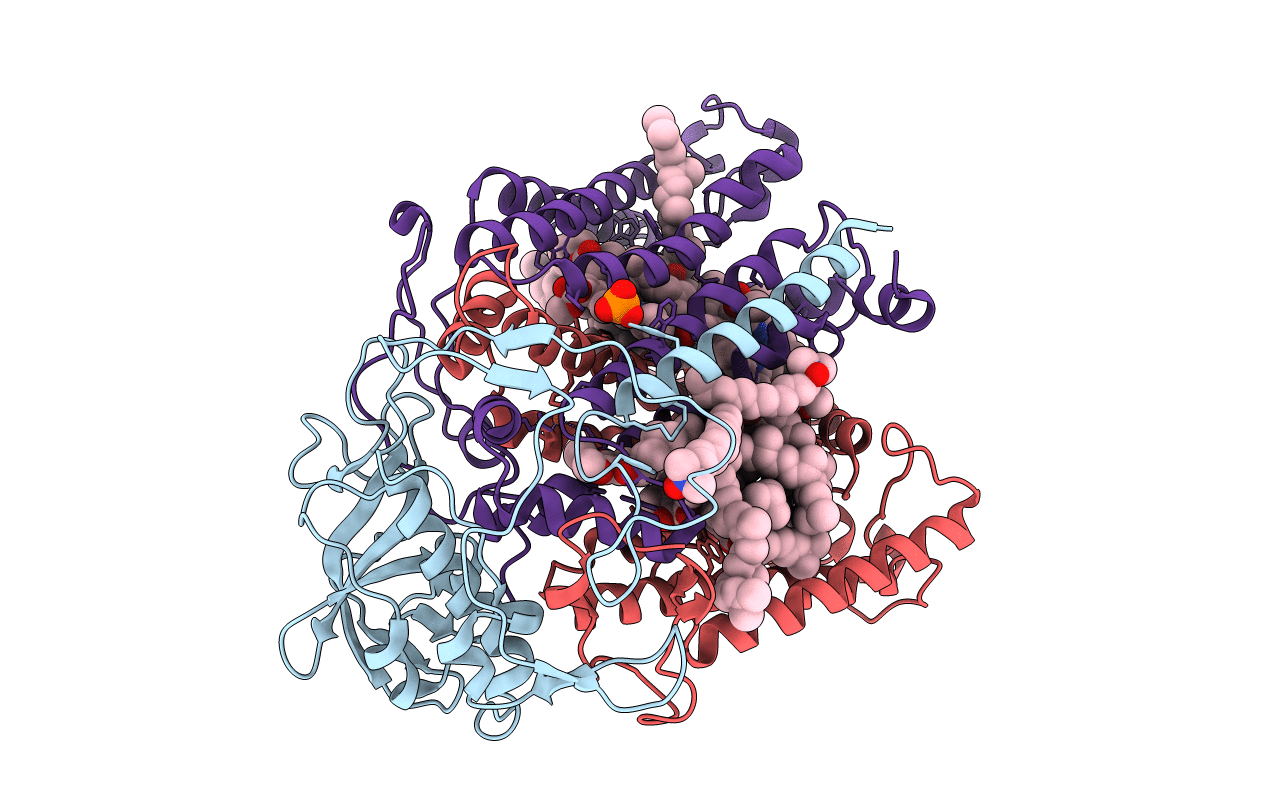
Deposition Date
2003-09-02
Release Date
2004-06-29
Last Version Date
2024-05-01
Entry Detail
PDB ID:
1UMX
Keywords:
Title:
PHOTOSYNTHETIC REACTION CENTER MUTANT WITH ARG M267 REPLACED WITH LEU (CHAIN M, R267L)
Biological Source:
Source Organism:
RHODOBACTER SPHAEROIDES (Taxon ID: 1063)
Host Organism:
Method Details:
Experimental Method:
Resolution:
2.80 Å
R-Value Free:
0.24
R-Value Work:
0.22
R-Value Observed:
0.22
Space Group:
P 31 2 1


